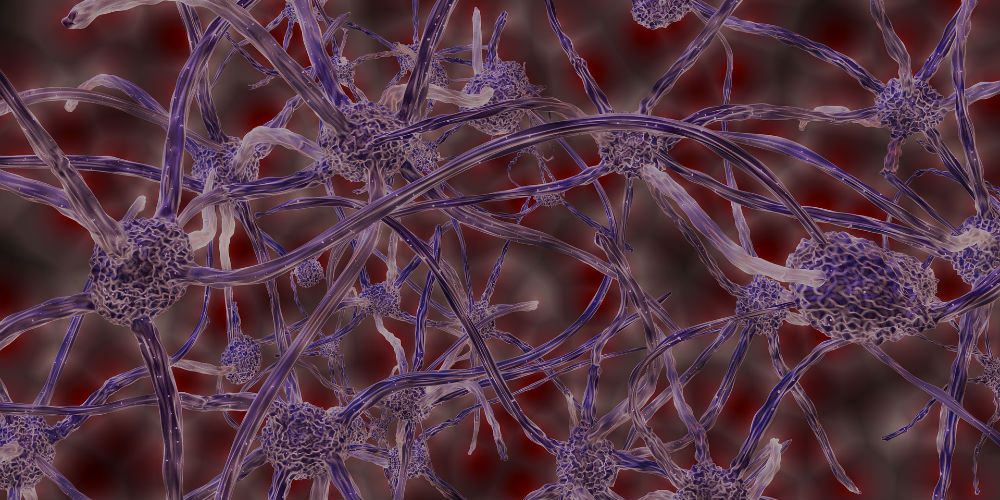Martha and I are both pretty excited about a new personality instrument that we recently qualified in. It’s the first of its kind, in that it has a neuroscientific basis and has been validated not only statistically, but also scientifically using fMRI scans.
It’s called the NeuroColor Temperament Inventory and it’s a 56-item online questionnaire that you answer twice: once thinking about yourself in a work context, and then again thinking about yourself outside of work. It takes no more than about 15-20 minutes to complete.
For me, both in my own report and in the half dozen or so I’ve debriefed since, the descriptions are almost spookily spot-on and far more nuanced and personalised than those of other instruments, like MBTI Step I. For example, for those of you who know us well, it got my glass half-empty, risk management, critical questioning and perfectionism down to a tee, as well as my hatred of routine tasks and wasteful talk. It captured Martha’s infectious enthusiasm, zest for life, capacity for deep insight into people and endless curiosity, as well as her dislike of conflict (and technology!) and her tendency to over-commit herself. As ever, we are counter-balancing foils for each other. Sabrina’s report also totally nailed her competitive spirit, sense of fun and relentless organisation, as well as her pathological aversion to inefficiency.
The inventory was developed by Dr Helen Fisher, a biological anthropologist and neuroscientist, who conducted the research behind the tool initially in the test-bed of figuring out how romantic love matches work for an online dating website! While this has raised some eyebrows in the lofty world of scientific research, it has also given her access to unprecedented numbers of subjects to enrol in her studies.
The way it works is the questionnaire identifies the extent to which you “express”, in other words show a preference for, each of four neural systems: Dopamine, Serotonin, Testosterone and Oestrogen. Each of the neural systems has been linked to distinct personality traits or behaviours, in scientific studies over the last 40 years and it is believed that these inherited traits account for 40-60% of our personality, with the balance due to the “nurture” side of the equation (where, how and by whom we were raised, cultural influences, life experiences, etc). For example:
Dopamine is linked with curiosity, optimism, enthusiasm, inventiveness, love of novelty, risk-taking and future orientation, with a dislike of routine.
Serotonin is linked with being cautious and measured, honouring tradition, respecting rules, loyalty, pragmatism, calmness and organisation.
Testosterone is linked with competitiveness, drive, results and achievement orientation, directness, decisiveness and an interest in how the parts of systems work together, often with a talent for mathematics or other rule-based systems.
Oestrogen is linked to empathy and connection with people, inclusiveness, diplomacy, love of harmony, interest in growth and learning, and focus on context and relationships.
The instrument uses these known patterns to predict, from the unique combination of highs and lows you report in the four systems, your strengths and weaknesses, motivation, communication style, etc. The “Color” in the name comes from the fact that the report colour-codes each system: Yellow for Dopamine, Blue for Serotonin, Red for Testosterone and Green for Oestrogen. It also steers clear of mentioning the science much at all, which we feel is a shame, but apparently it is a turn-off for some people, so it is fully explained in the debrief, if appropriate, instead.
Even from the relatively small sample of reports we’ve seen so far, we’ve noticed they can be very different for two people reporting the same dominant system, depending on the overall intensity and the order of their expression of the other systems. The beauty of this is it doesn’t put you in a bucket (e.g. “you’re a Dopamine person”), but helps you understand how one system moderates another in quite subtle ways. The inside and outside of work comparison can point to ways in which one context or the other may be requiring you to “adapt” and operate outside of your neural preferences, which though possible, is also extremely tiring.
As it’s a self-reported personality/temperament instrument, like MBTI, it should not be used as a selection tool, but we can see how it will be extremely useful for raising self-awareness and awareness-of-others, both in teams and with stakeholders or clients. It seems to generate conversations between team members that go layers deeper in self-disclosure than other instruments, which is always useful for building trust and toleration/appreciation of difference. The insights can be used practically to increase flexibility of approaches for increased effectiveness in interpersonal interactions. We can also see enormous potential application as a diagnostic tool for organisational culture.
It’s great for us to be in a new learning zone again and it’s reignited our desire to deepen our knowledge of all the rapid advances that are being made in neuroscience, to bring new insights to our clients and colleagues.
While we’re developing our own skill in using this tool we’ll be offering intrigued clients and colleagues a free “test-run” feedback session, so if you’re interested, do get in touch. As always we’d love to hear from you.
Further information is available at:
https://www.amazon.co.uk/d/cka/Why-Him-Her-Find-Keep-Lasting-Love/1851687920
https://www.youtube.com/watch?v=DsuFRr0Fl-0




